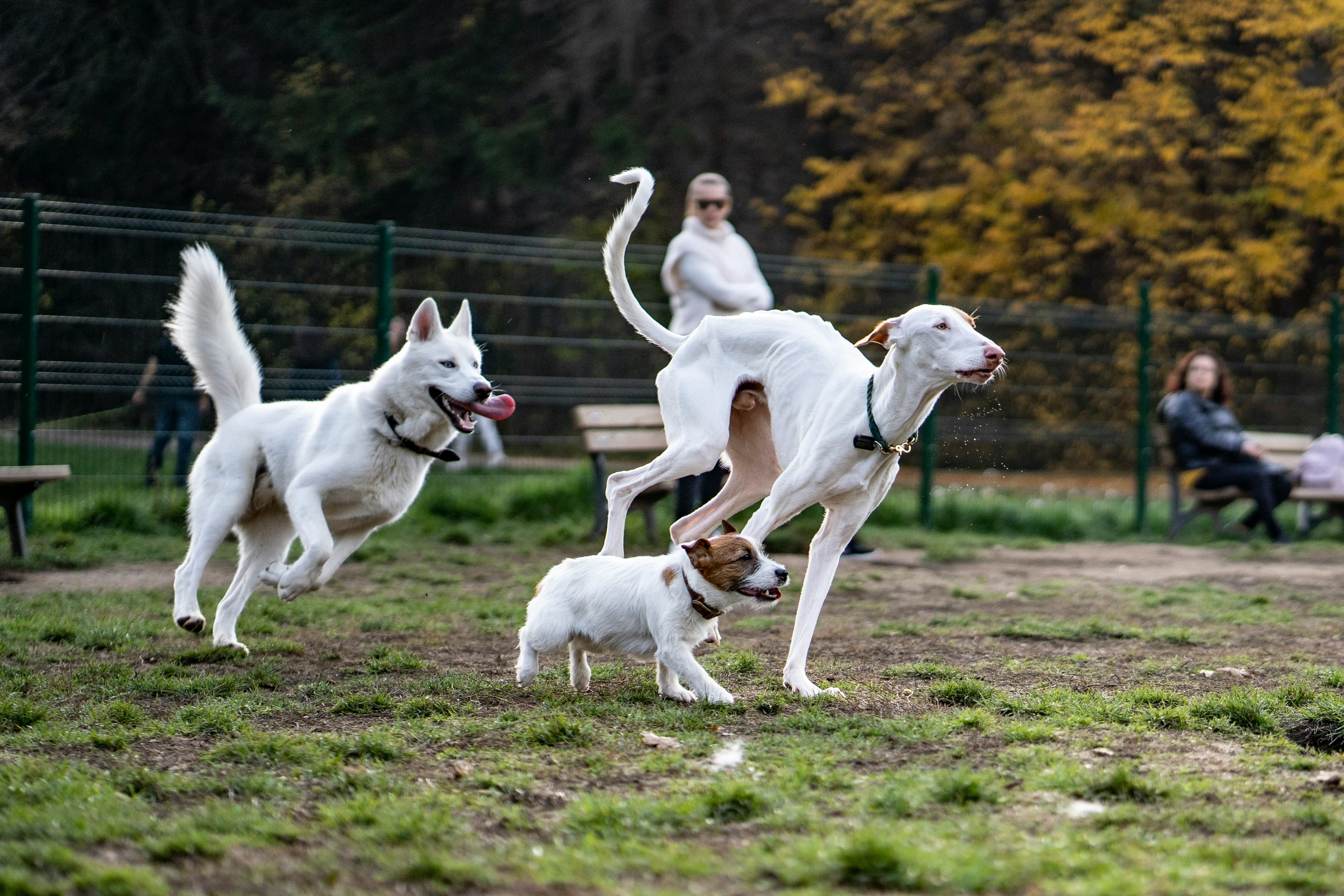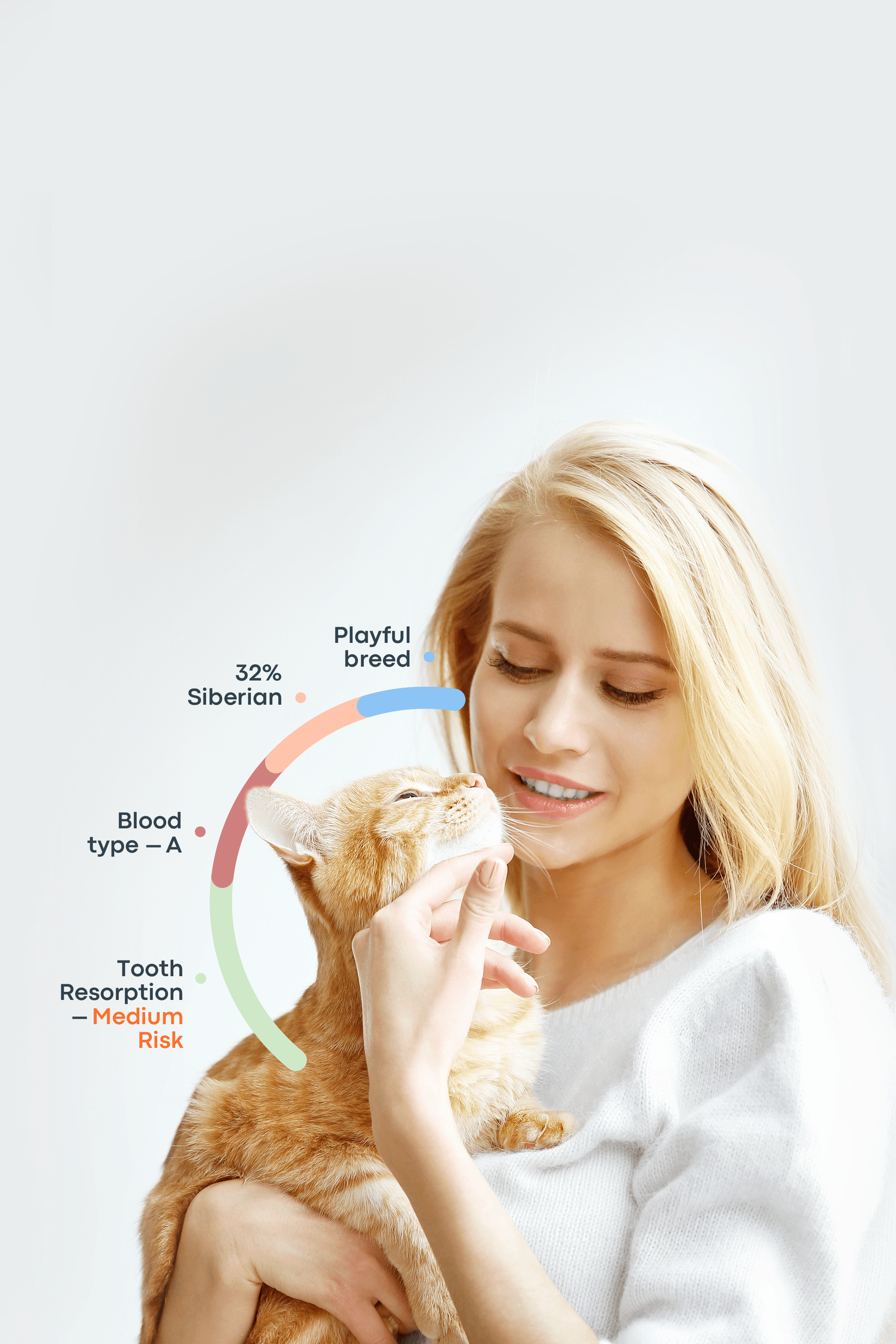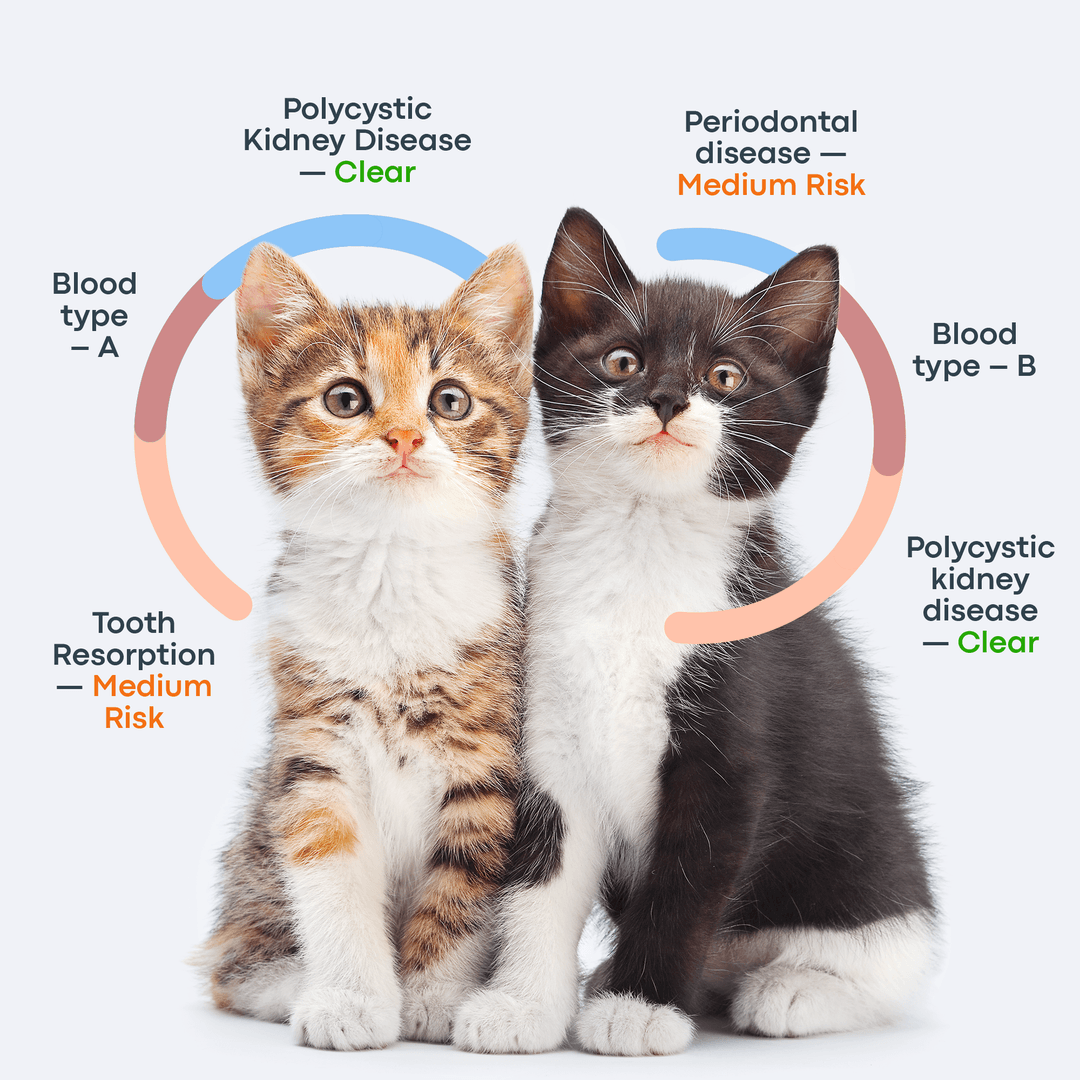Is your dog’s humping habit getting out of control and leaving you red-faced in front of guests?
Don’t worry—you’re not alone. Humping is a common canine behavior, and it’s not always sexual. Dogs may hump to release pent-up energy, express excitement during play, assert dominance, or simply seek attention.
While it’s often harmless, frequent or obsessive humping can become disruptive or indicate an underlying issue. That’s why it’s important to identify the root cause of the behavior.
This article explores why dogs hump and how to manage it using simple, vet-approved strategies like redirection, positive reinforcement, and lifestyle adjustments.
Key Takeaways
Canine humping can stem from excitement, stress, habit, or medical issues—not just dominance or sexual behavior.
Avoid punishment. Instead, use redirection and reward-based training.
Regular exercise, mental stimulation, and—in some cases—neutering can help reduce the behavior.
Always rule out medical triggers like urinary tract infections or skin irritation.
Let’s take a closer look at why dogs hump and how to effectively manage the behavior.
6 Reasons Why Dogs Hump
Reason | Description |
Play Behavior | Common in puppies and young dogs; due to excitement or overstimulation during play. |
Dominance or Social Signals | Assertion of status; mounting used as body language to show control. |
High Energy or Overstimulation | Humping serves as a release for pent-up energy or excitement. |
Emotional Triggers (Stress/Frustration) | Displacement behavior when dogs are anxious, bored, or emotionally unsettled. |
Attention-Seeking | Dogs hump people or objects to gain attention or interaction. |
Not Always Sexual / Even Females | Neutered males and females may hump to release energy or during play. |
1. Part of the Play
You may have seen your dog chasing, mouthing, pouncing, and even humping—all in one go—while playing with other dogs. This is because dogs display a wide range of behaviors when they’re excited or trying to initiate play, and humping can be one of them.
Humping during play is especially common in puppies and young dogs. It often stems from excitement or overstimulation rather than sexual or dominant motives. In many cases, dogs are simply having fun and haven’t yet learned how to appropriately channel their energy.
2. Power Dynamics
Dogs may also hump other dogs as a way to assert dominance or establish their place in the social hierarchy. In these cases, the behavior isn’t about play or mating—it’s a physical display of confidence and control. By mounting another dog, a dog may use body pressure and positioning to challenge or reinforce status.
This behavior can sometimes intensify during tense interactions or scuffles, serving as a tactical move in canine communication. Humping is just one of several forms of body language dogs use to signal authority, set boundaries, or claim space.
3. Elevated Energy
Dogs may hump people, other dogs, or even objects due to elevated energy levels or overstimulation—especially during or after play. In these situations, humping serves as a release for built-up excitement or tension.
Once the initial excitement fades, dogs often redirect this behavior toward familiar objects like cushions or toys. While not harmful in itself, repeated humping may signal that your dog needs more structured outlets for their energy, such as exercise or mental stimulation.
4. Uncovering Emotional Triggers
Dogs also hump when they are frustrated or bored. You might catch your dog humping when they are stressed or anxious, which is known as displacement behavior, according to an article by Psychology Today. The dog engages in this behavior to release restless energy, similar to how a person might tap their foot. If your dog is humping because they are stressed, you must provide sufficient mental and physical stimulation.

5. Attention-Seeking
When a dog humps your leg, it’s often a bid for attention. This behavior can be their way of communicating boredom, loneliness, or a desire for interaction—after all, it’s hard to ignore a dog when they’re mounting your leg.
It’s important to respond calmly and appropriately. Avoid laughing or scolding harshly, as either reaction can unintentionally reinforce the behavior or confuse your dog. Instead, redirect their energy toward a more suitable activity, such as play or training, and reward them for making better choices.
6. Neutered Dogs and Females
Humping is often associated with unneutered male dogs due to higher testosterone levels, particularly when an unspayed female is present or in heat. However, neutered (or desexed) dogs—and even female dogs—may also exhibit humping behavior, showing that it's not exclusively related to mating.
Female dogs, like neutered males, may hump during play, to release excess energy, or as a form of attention-seeking. This reinforces the idea that humping is a multifaceted behavior, not limited to reproductive instincts.
7. Medical Reasons
Occasionally, humping may be a signal of a serious medical issue, such as prostate problems in male dogs. Your pup may hump because it provides temporary relief from pain or discomfort related to an inflamed or enlarged prostate gland.
Medical Issues Caused by Humping
Excessive humping can cause dermatitis around the skin covering the dog’s genitals. Frequent episodes of humping can form lesions on the tip of the dog’s penis, which can lead to inflammation, redness, and skin irritation.
Medical Issue | Symptoms/Signs | Possible Outcome/Concern |
Dermatitis | Redness, skin irritation near genitals | Inflammation, discomfort |
Lesions from Friction | Sore or damaged skin on penis tip | Increased risk of infection |
Prostate Problems (Males) | Humping for relief, possible pain | Swelling, discomfort, possible infection |
Compulsive Behavior | Inability to redirect, frequent episodes | Requires behavioral intervention, vet assessment |
If you are facing difficulty distracting or redirecting your dog’s attention from humping, and the frequency and intensity of humping have increased, the behavior can be compulsive, which requires a visit to the veterinarian. A vet will be able to understand why the dog is involved in compulsive humping and advise accordingly.
Should You Let Dogs Hump Things?
It’s common for dogs to hump pillows, toys, or blankets—sometimes whether you’re around or not. In many cases, this behavior stems from excitement, habit, or even anxiety, functioning as a displacement behavior to cope with stress.
If your dog humps once or twice a day, doesn’t bother people or other pets, and isn’t injuring themselves, it’s generally harmless. In fact, it can serve as a self-soothing behavior that helps them release anxious energy.
However, it’s important to recognize when humping becomes excessive, disruptive, or compulsive. In such cases, intervention is needed. You can manage the behavior by removing commonly humped objects—like pillows or blankets—and redirecting your dog’s focus toward healthier activities, such as training, play, or interactive toys.
When Is Humping a Problem in Dogs?
Humping between dogs for short periods is normal and often part of playful interaction. However, it can become problematic if your dog engages in humping frequently or obsessively. If redirection efforts have failed, the behavior may be compulsive and require closer attention.
Excessive mounting can also lead to medical issues. For example, male dogs may develop skin irritation or dermatitis around the foreskin due to repeated friction. Additionally, not all dogs tolerate being mounted—persistent humping can lead to tension or even aggression between dogs.
For these reasons, it's best to manage and redirect humping behavior early, especially when it starts interfering with your dog’s well-being or social interactions.
How to Stop Dog Humping?
Catching your dog humping objects, other dogs, and people can be embarrassing, which is why putting a stop to such behavior is essential. Distracting the dog and redirecting their attention to another more appropriate activity may help keep the dog away from humping.
So, interrupt every time you notice your dog humping, then divert their attention to a game or toy. Reward or praise them every time they indulge in games or play with a toy.
Also, your dog to sit or lie down when they start humping is an effective way to let them know that the behavior is undesirable. Ask your dog to "sit" or "lie down" and offer treats and praise when they follow your command.
Continue reinforcing acceptable behavior, such as playing or following a command. Offer plenty of praise and treats whenever they move away from humping. Moreover, make sure to provide your dog with enough mental and physical exercise to burn off excess energy. This is crucial because a tired pup is less likely to indulge in unwanted behavior, such as humping or mounting.
Conclusion
Humping is a natural and instinctive behavior in dogs, especially during play or moments of excitement. However, it’s important to monitor the frequency and context of your dog’s mounting behavior, as it can sometimes indicate underlying medical or behavioral issues.
By understanding your dog’s needs and ensuring they receive adequate physical exercise, mental stimulation, and positive social interactions, you can help reduce excessive humping and support their overall well-being. With patience and consistency, you'll foster a healthier, more balanced relationship with your furry companion.
Frequently Asked Questions
Why do female dogs hump?
Female dogs may hump to exhibit dominance, release anxious energy, or due to a medical condition or discomfort in their reproductive organ.
Why do dogs hump only certain people?
Dogs hump certain people for various reasons, such as stress or anxiety, excitement, or to seek attention.
Why does my dog hump on things, not other dogs or people?
If your dog is humping on things instead of people or other dogs, it is most probably because of pent-up energy, excitement, boredom, or to relieve anxiety. Your dog is using the object to release excess energy and feelings, as they do not have a clear target.
Why do dogs sometimes hump cats?
Dogs usually hump cats due to excitement or playfulness. This happens if the two pets play with each other.
Why would girl dogs hump things?
Girl dogs may hump things for several reasons, such as stress or anxiety, excitement, dominance displays, hormonal changes, boredom, or to release excess energy. They may also hump due to a medical condition.



